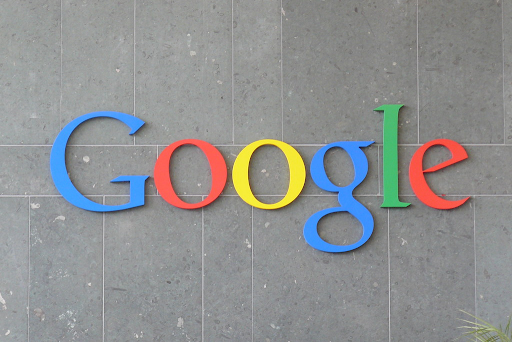The final verdict in the monumental U.S. v. Google case reveals a judicial philosophy that prioritizes market stability and fears of consumer harm over the disruptive remedies sought by government trustbusters. Judge Amit Mehta consistently chose less drastic measures, even while affirming Google’s illegal monopoly.
The most telling example was the decision on Google’s payments to Apple. Despite acknowledging these payments as key to the monopoly, the judge recoiled from banning them, citing the “crippling” potential harm to partners and the broader ecosystem. This reflects a deep-seated reluctance to jolt the system, even if that system was built on anti-competitive practices.
Similarly, the rejection of the Chrome divestiture was framed as avoiding a remedy that went “beyond the case’s focus on search distribution” and would have harmed consumers. The judge opted for incremental changes—like data sharing and a ban on exclusivity—that aim to adjust the market rather than upend it.
This approach suggests a high bar for imposing structural remedies in the modern tech economy. Regulators seeking to break up large companies will not only have to prove illegal monopolization but also convince courts that the disruptive consequences of a breakup are worth the potential long-term benefits of increased competition.
In Antitrust Showdown, Judge Prioritizes Market Stability Over Disruption
15
previous post

